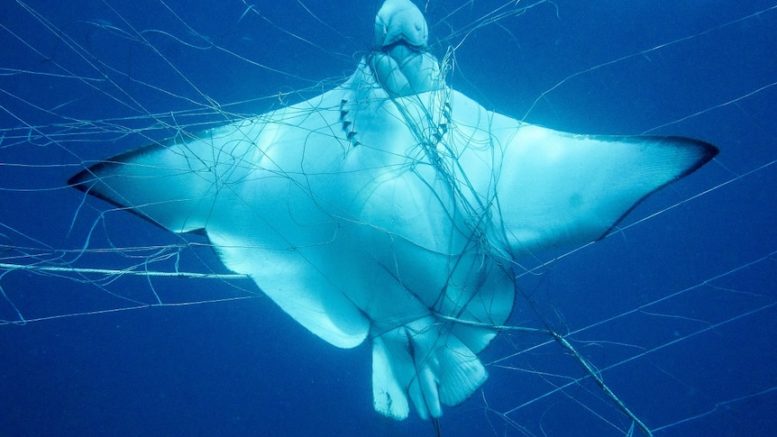As pressure mounts for the NSW Government to scrap shark meshing on the Central Coast, latest figures from the Department of Primary Industries reveal some alarming statistics.
They reveal that in 2022-23, 65 per cent of wildlife caught in shark nets off Coast beaches were threatened or protected species and of these, 71 per cent were killed.
Eighty-five per cent of wildlife caught were non-target species ad 66 per cent of these were killed.
Marine Biologist and Campaigner at Humane Society International (HIS) Australia, Lawrence Chlebeck, said the numbers of non-target species and worse still, threatened or endangered species, caught was unacceptable.
“Those numbers include a dolphin, three endangered turtles, two seals, and 11 critically endangered grey nurse sharks,” he said.
“The nets are incapable of reducing the risk of shark bite, making this wildlife cost unacceptable and undefendable.
“The nets must be ended immediately and entirely.”
HSI Australia and the Australian Marine Conservation Society (AMCS) define “threatened or protected” as any species listed as threatened under Australian State or Federal legislation, protected under State or Federal legislation, or listed under the international conservation appendices of CITES, CMS, and the IUCN Redlist.
Four weeks out from the expected return of nets to Coast beaches for the Summer season, HSI and AMCS are urging the NSW Government to end the “obsolete and destructive” shark net program.
“These figures tell the same tragic story every year when the NSW shark net data is revealed, and it’s why coastal councils and residents are fed up with the nets,” Chlebeck said.
“Shark nets don’t discriminate.
“This season, 100 per cent of dolphins and 50 per cent of turtles caught in the nets were killed.
“How can we continue to justify a program so reckless with our precious marine life?
“Previous governments have viewed this issue through an outdated lens, which is why they blindly relied on 100-year old technology, in the form of nets.
“Modern solutions are already working and in place after decades of development, so it’s time for the new Minns government to bring swimmer safety into the 21st century and consign the nets to history.”
AMCS shark scientist Dr Leonardo Guida said communities want modern-day beach safety standards that improve safety for people and wildlife alike, solutions like drones and the tagging and tracking of animals.
“Public sentiment and the science are in alignment—come September, the NSW Government should keep the nets out and the drones up,” he said.
“The return of shark nets is an abject failure in public safety policy, given that the NSW Government has modern-day solutions in place that improve beach safety for humans and wildlife alike.
“Political courage is needed for improvements to public safety for everyone at the beach.”
In 2021, all eight NSW local councils with shark nets officially voiced their opposition to shark nets through council motions or through submissions during a consultation process with the NSW Government.
HIS Australia and AMCA say shark incidents are rare, and nets don’t stop them from happening.
“Almost half of sharks – 40 per cent – are caught in the nets on their way out from the beach,” a spokesperson said.
“Additionally, by trapping wildlife right off metropolitan beaches, the nets could even be attracting sharks closer inshore.
“Modern, non-lethal mitigation measures such as drone surveillance, alert systems, personal shark deterrents, and Shark Smart behaviour are much more effective at keeping people safe without the cost to wildlife.”
Source:
HIS Australia


